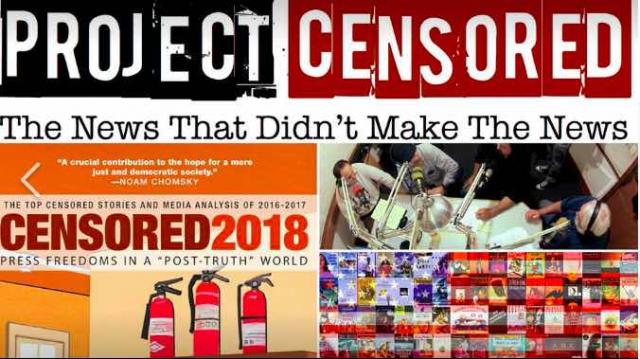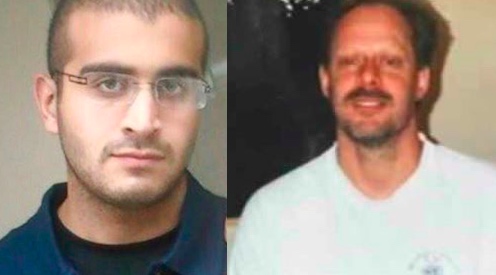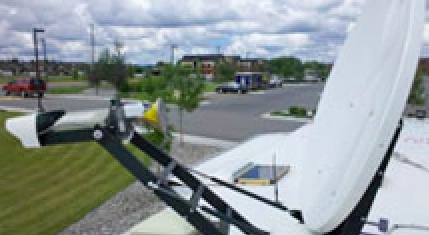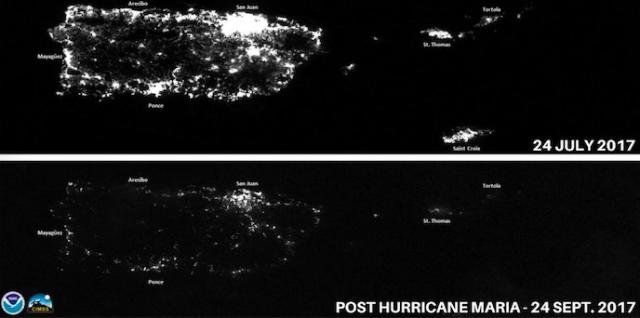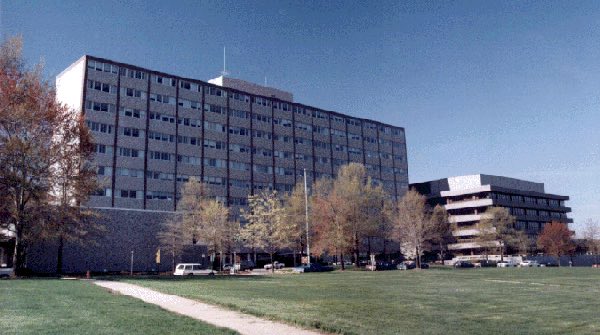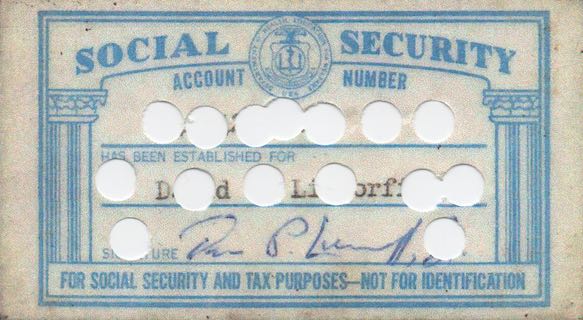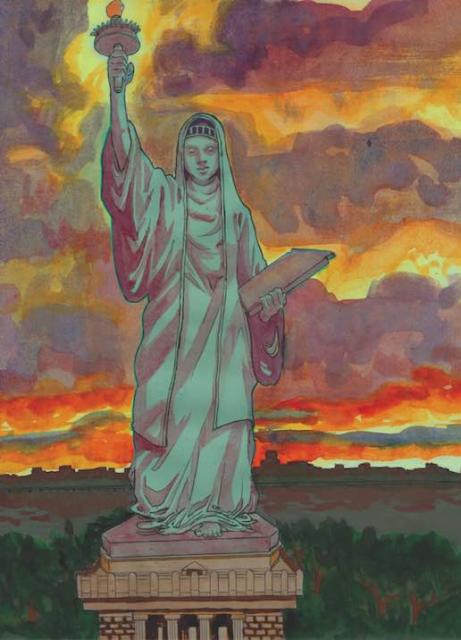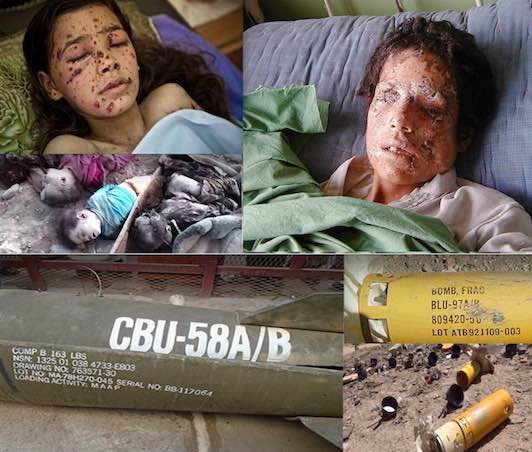It becomes increasingly clear that two Soviet spies, Klaus Fuchs and Theodore Hall, should receive posthumous Nobel Peace Prizes for actions that almost certainly saved millions of innocent lives.
 Klaus Fuchs and Theodore Hall: Two Soviet atomic spies who saved the world from a US nuclear monster
Klaus Fuchs and Theodore Hall: Two Soviet atomic spies who saved the world from a US nuclear monster
Had these two courageous young idealists, both scientists working on the Manhattan Project that developed the atomic bomb during World War II, not provided crucial information about the secret US/British project to develop the atomic bomb, and with key information about the workings of both the atomic bomb, and later, in Fuchs’ case, the hydrogen bomb — information which allowed Soviet physicists and engineers to quickly catch up and develop their own nuclear weapons to match those in the possession of the US military — all the nations of the world that failed to bow to the wishes of a “lone superpower” United States would have become victims of nuclear blackmail or potential targets for annihilation, like the vaporized cities of Hiroshima and Nagasaki.
Even after Russia developed its own atomic bomb, which it demonstrated in 1949, there were powerful forces in the US that were pushing for using the weapon — in Vietnam to rescue the trapped French military at Dien Bien Phu, against North Korean and Chinese forces during the Korean War, against Mao’s China, later again against North Vietnam and on other occasions — perhaps even in Eastern Europe against Russian forces.
Thanks to Fuchs and Hall, and to several lesser figures who acted as messengers for them in their efforts to get plans to the Soviets, the US was held in check and was unable to have free rein to drop nukes in every conflict which it started or in which it found itself.
The mentality of the US, coming out of World War II, was akin to the one we saw on display after the collapse of the Soviet Union in the early 1990s when we had Neo-Conservatives like Dick Cheney, Donald Rumsfeld, Paul Wolfowitz and Richard Perle, and presidents like George H.W. Bush and George W. Bush, as well as Neo-Liberals like the Clintons, seeking to establish the US as the unchallenged lone global superpower, able to impose its will around the world, and to prevent the rise of any new challenger to that power.
We have seen how this effort has failed in this later period, but imagine how close the US was to succeeding in its plan during the era of the late ‘40s and the 1950s, had it obtained even for a decade or less a monopoly on nuclear weapons.
In the current era, there is serious talk in some government circles and among the Neocon and Neoliberal think-tank and political circles of the US, of launching wars against Iran and/or North Korea, possibly even using small “useable” nuclear weapons, to destroy the infrastructure of nuclear weapons-making in those countries.


